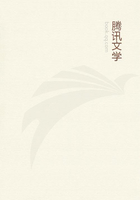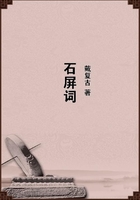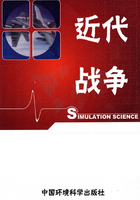Nothing illustrates more clearly the interdependence of the sciences than the reciprocal impulse given to new researches in pathology and entomology by the discovery of the part played by insects in the transmission of disease. The flea, the louse, the bedbug, the house fly, the mosquito, the tick, have all within a few years taken their places as important transmitters of disease. The fly population may be taken as the sanitary index of a place. The discovery, too, that insects are porters of disease has led to a great extension of our knowledge of their life history. Early in the nineties, when Dr. Thayer and I were busy with the study of malaria in Baltimore, we began experiments on the possible transmission of the parasites, and a tramp, who had been a medical student, offered himself as a subject. Before we began, Dr. Thayer sought information as to the varieties of mosquitoes known in America, but sought in vain: there had at that time been no systematic study. The fundamental study which set us on the track was a demonstration by Patrick Manson,[3] in 1879, of the association of filarian disease with the mosquito.
Many observations had already been made, and were made subsequently, on the importance of insects as intermediary hosts in the animal parasites, but the first really great scientific demonstration of a widespread infection through insects was by Theobald Smith, now of Harvard University, in 1889, in a study of Texas fever of cattle.[4] I well remember the deep impression made upon me by his original communication, which in completeness, in accuracy of detail, in Harveian precision and in practical results remains one of the most brilliant pieces of experimental work ever undertaken. It is difficult to draw comparisons in pathology; but I think, if a census were taken among the world's workers on disease, the judgment to be based on the damage to health and direct mortality, the votes would be given to malaria as the greatest single destroyer of the human race. Cholera kills its thousands, plague, in its bad years, its hundreds of thousands, yellow fever, hookworm disease, pneumonia, tuberculosis, are all terribly destructive, some only in the tropics, others in more temperate regions: but malaria is today, as it ever was, a disease to which the word pandemic is specially applicable. In this country and in Europe, its ravages have lessened enormously during the past century, but in the tropics it is everywhere and always present, the greatest single foe of the white man, and at times and places it assumes the proportions of a terrible epidemic. In one district of India alone, during the last four months of 1908, one quarter of the total population suffered from the disease and there were 400,000 deaths--practically all from malaria. Today, the control of this terrible scourge is in our hands, and, as I shall tell you in a few minutes, largely because of this control, the Panama Canal is being built. No disease illustrates better the progressive evolution of scientific medicine. It is one of the oldest of known diseases. The Greeks and Graeco-Romans knew it well. It seems highly probable, as brought out by the studies of W.H.S.
Jones of Cambridge, that, in part at least, the physical degeneration in Greece and Rome may have been due to the great increase of this disease. Its clinical manifestations were well known and admirably described by the older writers. In the seventeenth century, as I have already told you, the remarkable discovery was made that the bark of the cinchona tree was a specific. Between the date of the Countess's recovery in Lima and the year 1880 a colossal literature on the disease had accumulated. Literally thousands of workers had studied the various aspects of its many problems; the literature of this country, particularly of the Southern States, in the first half of the last century may be said to be predominantly malarial.
Ordinary observation carried on for long centuries had done as much as was possible. In 1880, a young French army surgeon, Laveran by name, working in Algiers, found in the microscopic examination of the blood that there were little bodies in the red blood corpuscles, amoeboid in character, which he believed to be the germs of the disease. Very little attention at first was paid to his work, and it is not surprising. It was the old story of "Wolf, wolf"; there had been so many supposed "germs" that the profession had become suspicious. Several years elapsed before Surgeon-General Sternberg called the attention of the English-speaking world to Laveran's work: it was taken up actively in Italy, and in America by Councilman, Abbott and by others among us in Baltimore. The result of these widespread observations was the confirmation in every respect of Laveran's discovery of the association with malaria of a protozoan parasite. This was step number three. Clinical observation, empirical discovery of the cure, determination of the presence of a parasite. Two other steps followed rapidly. Another army surgeon, Ronald Ross, working in India, influenced by the work of Manson, proved that the disease was transmitted by certain varieties of mosquitoes. Experiments came in to support the studies in etiology; two of those may be quoted. Mosquitoes which had bitten malarial patients in Italy were sent to London and there allowed to bite Mr. Manson, son of Dr. Manson. This gentleman had not lived out of England, where there is now no acute malaria. He had been a perfectly healthy, strong man. In a few days following the bites of the infected mosquitoes, he had a typical attack of malarial fever.
[3] Journal Linnaean Society, London, 1879, XIV, 304-311.
[4] Medical News, Philadelphia, 1889, LV, 689-693, and monograph with Kilborne, Washington, 1893.

